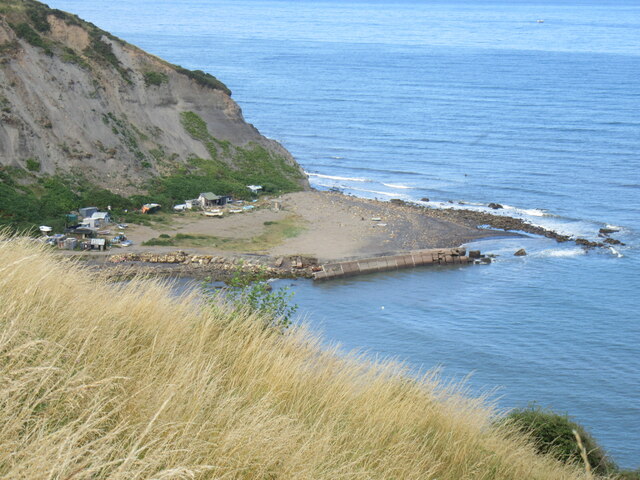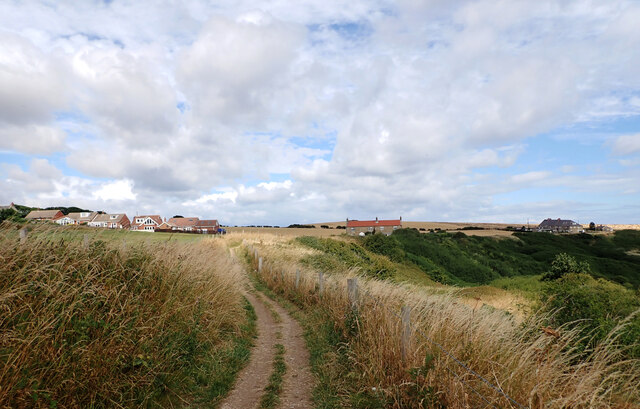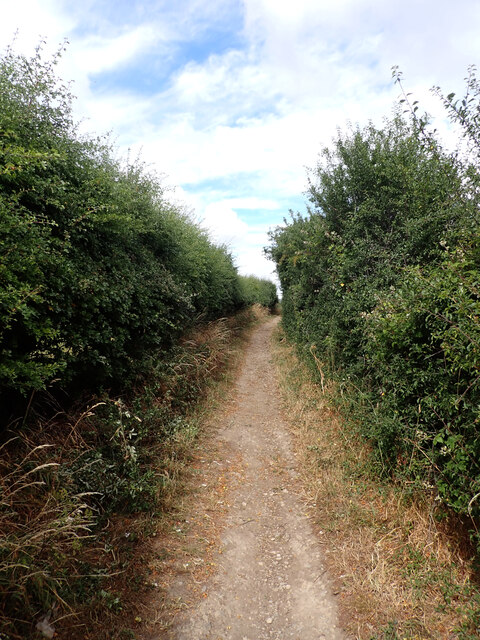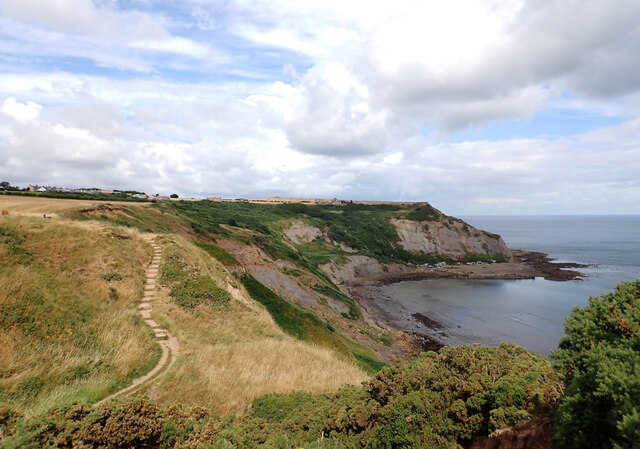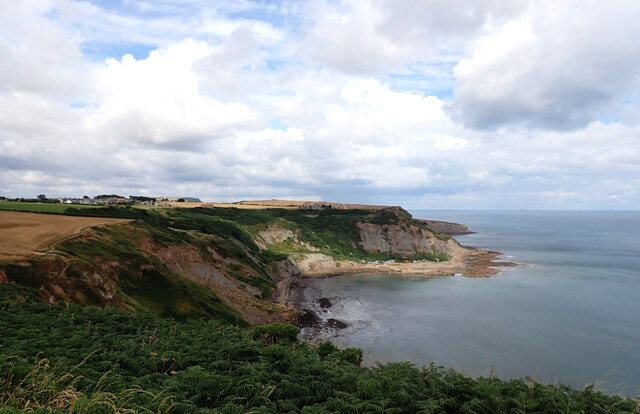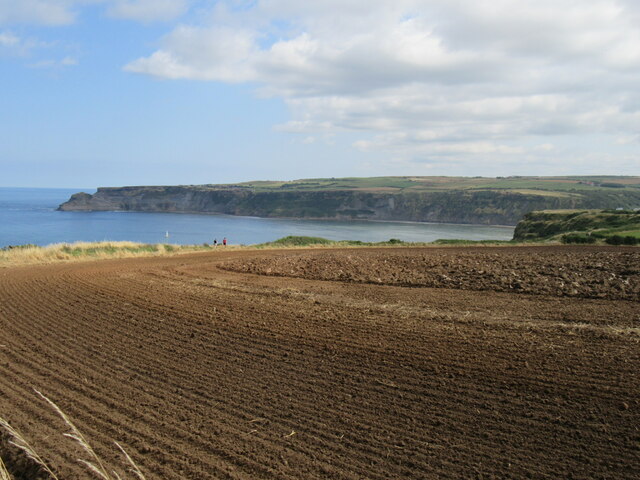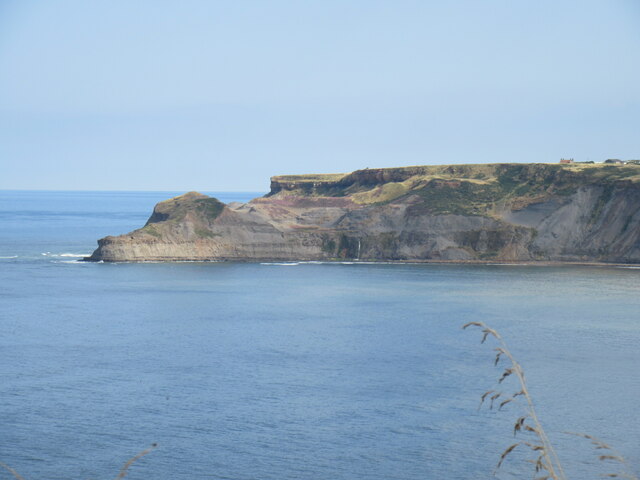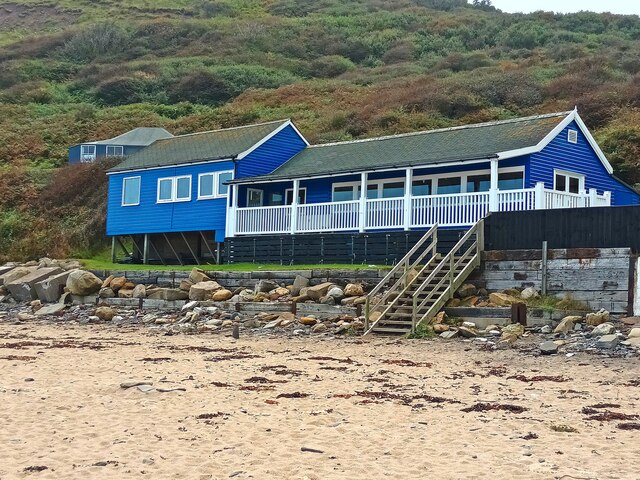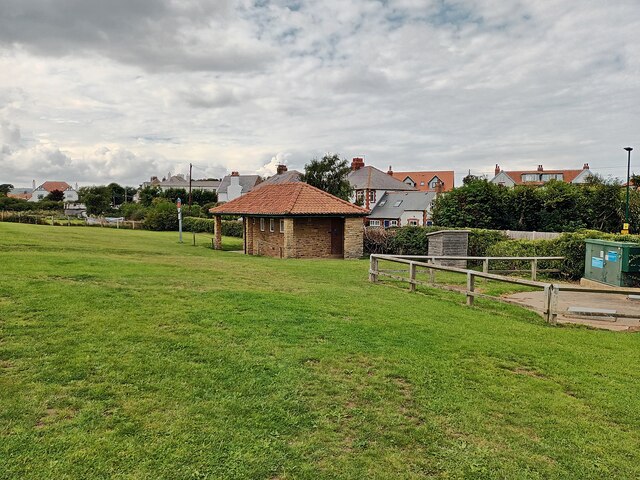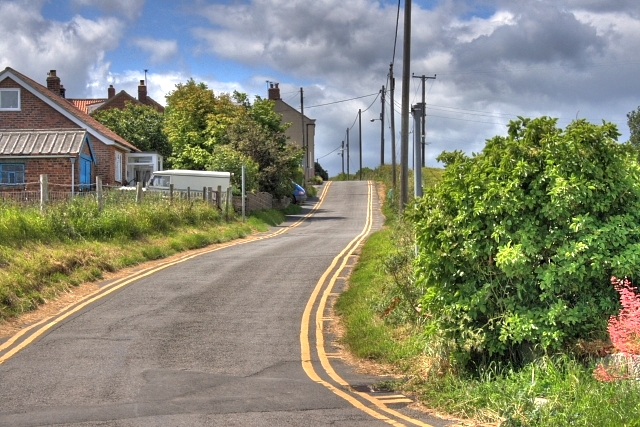Cobble Dump
Island in Yorkshire Scarborough
England
Cobble Dump
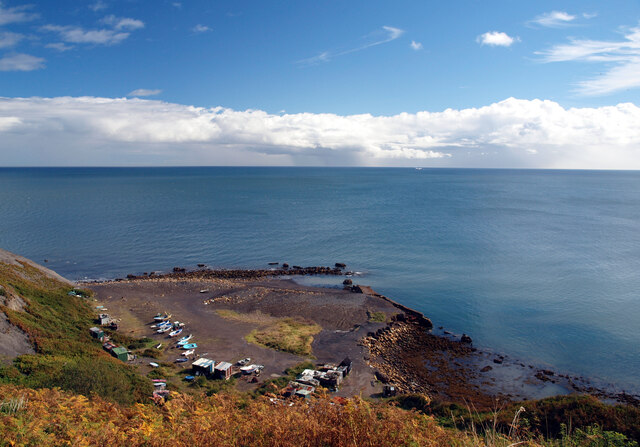
Cobble Dump, Yorkshire, is a small island located on the eastern coast of England. It is situated in the North Sea, approximately 5 miles off the coast of Yorkshire. The island is known for its unique geological features, which consist of a vast expanse of cobblestones that stretch across the entire landmass.
Cobble Dump covers an area of around 10 acres, and its landscape is predominantly composed of smooth, round cobblestones that have been shaped by the constant pounding of the sea waves. These cobblestones vary in size, ranging from small pebbles to larger rocks, and they create a rugged and picturesque scenery.
The island is uninhabited and lacks any permanent structures or vegetation due to the harsh and inhospitable environment. The strong winds and the constant erosion caused by the sea make it difficult for any plants or trees to grow. However, the island is home to a variety of seabirds, which find shelter in the crevices between the cobblestones.
Cobble Dump is a popular destination for nature enthusiasts and geology enthusiasts. Many visitors are drawn to the island's unique landscape and the opportunity to witness the power of nature shaping the land. Access to the island is limited and can only be reached by boat during low tide, as the surrounding waters are treacherous and the island becomes completely submerged during high tide.
Overall, Cobble Dump, Yorkshire, offers a fascinating glimpse into the forces of nature and showcases the beauty that can emerge from the relentless power of the sea.
If you have any feedback on the listing, please let us know in the comments section below.
Cobble Dump Images
Images are sourced within 2km of 54.535708/-0.74603581 or Grid Reference NZ8116. Thanks to Geograph Open Source API. All images are credited.

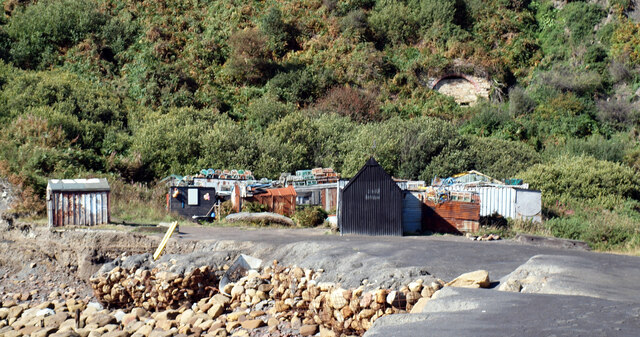
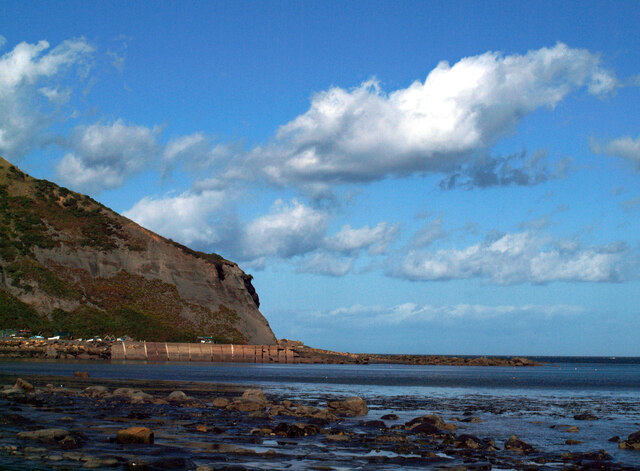
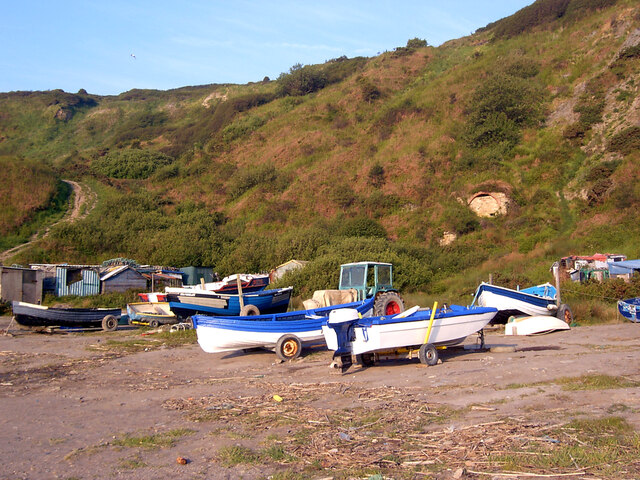
![Port Mulgrave This is Port Mulgrave, once an active harbour east of Staithes, where ironstone was exported to foundries on Tyneside.
There is still no easy way down to the harbour. Once there were steps used by the men to descend every day to work on the quays and gantries, the cranes and tips, and the ships. These steps have long disappeared, and a galvanised metal set of steps that replaced the makeshift path is currently closed due to a landslip. Prior to this there was another landslip in 2016 when I was involved with the National Trust in remedial work to clear the path; see <a title="https://www.geograph.org.uk/snippet/14435" href="https://www.geograph.org.uk/snippet/14435">Link</a>.
Half way along the beach is evidence of another recent landslip.
Port Mulgrave is home to a small community of fishermen, with their huts, boats and tractors. I have often wondered how they got their tractors on the beach. A report from 1995 perhaps provides a clue.
I did say 1995, a year when I was certainly familiar with the harbour, and the report made the national newspapers. But I have no recollection.
72-year-old Walter Walker lived in the village on the cliff top. He had moved from Leeds in the 1950s with the dream of becoming a salmon fisherman. In 1970, he began building is own boat in his back garden, a 20-foot, 17-ton catamaran, named &#039;Stealaway&#039;.
In 1995, his boat was completed but a couple of obstacles stood between him and the sea. Firstly, his garden was only accessible through a cornfield as it had been cut off from the track that led down to the harbour by a development.
The second minor obstacle was the 300-foot cliff face.
The farmer of the field refused permission but Walker moved his boat anyway, dragging it the 400 yards through the cornfield at a rate of 60 yards a day. The farmer just happened to be on holiday at the time. Solicitors&#039; letters followed but Walker thought &quot;What the hell&quot;.
The move was the talk of the village; there was a turn out of 200 onlookers, and a local councillor served drinks.
In order to lower his boat down the cliff, Walker &quot;dug a trench right down the face&quot;. This incurred the wrath of English Nature as it is a Site of Special Scientific Interest because of its layers of rock and fossils. It is &quot;regarded as the standard textbook example of a particular chapter in geological time, the layers date back 180 million years. The site is one of the few where Whitby jet can be seen at the surface.&quot;
I wonder if there is any connection between Mr. Walker&#039;s trench and the recent landslips.
Taken from my daily blog <span class="nowrap"><a title="http://www.fhithich.uk/?p=27045" rel="nofollow ugc noopener" href="http://www.fhithich.uk/?p=27045">Link</a><img style="margin-left:2px;" alt="External link" title="External link - shift click to open in new window" src="https://s1.geograph.org.uk/img/external.png" width="10" height="10"/></span>.
Sources:
&#039;Fisherman&#039;s voyage round the corn&#039; (1995) Daily Mail, 11 Jul, 21, available: <span class="nowrap"><a title="https://link-gale-com.ezproxy.is.ed.ac.uk/apps/doc/EE1860958166/GDCS?u=ed_itw&amp;sid=bookmark-GDCS&amp;xid=7c83ff3b" rel="nofollow ugc noopener" href="https://link-gale-com.ezproxy.is.ed.ac.uk/apps/doc/EE1860958166/GDCS?u=ed_itw&amp;sid=bookmark-GDCS&amp;xid=7c83ff3b">Link</a><img style="margin-left:2px;" alt="External link" title="External link - shift click to open in new window" src="https://s1.geograph.org.uk/img/external.png" width="10" height="10"/></span> [accessed 19 Dec 2021].
&#039;Old man&#039;s short cut to the sea mars geology site&#039; (1995) Times, 07 Sep, 5, available: <span class="nowrap"><a title="https://link-gale-com.ezproxy.is.ed.ac.uk/apps/doc/IF0503412648/GDCS?u=ed_itw&amp;sid=bookmark-GDCS&amp;xid=2893a381" rel="nofollow ugc noopener" href="https://link-gale-com.ezproxy.is.ed.ac.uk/apps/doc/IF0503412648/GDCS?u=ed_itw&amp;sid=bookmark-GDCS&amp;xid=2893a381">Link</a><img style="margin-left:2px;" alt="External link" title="External link - shift click to open in new window" src="https://s1.geograph.org.uk/img/external.png" width="10" height="10"/></span> [accessed 19 Dec 2021].](https://s3.geograph.org.uk/geophotos/07/04/85/7048539_3912d4ae.jpg)
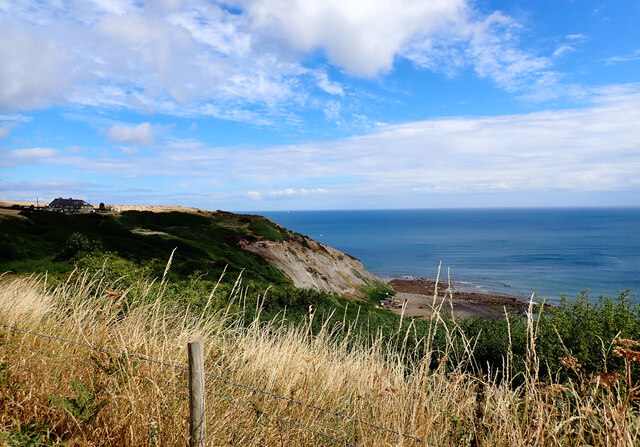
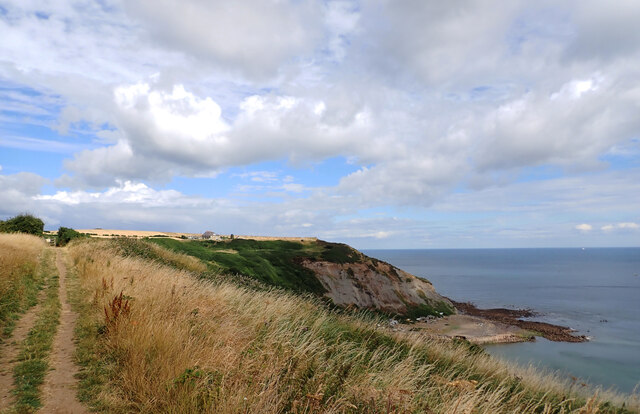
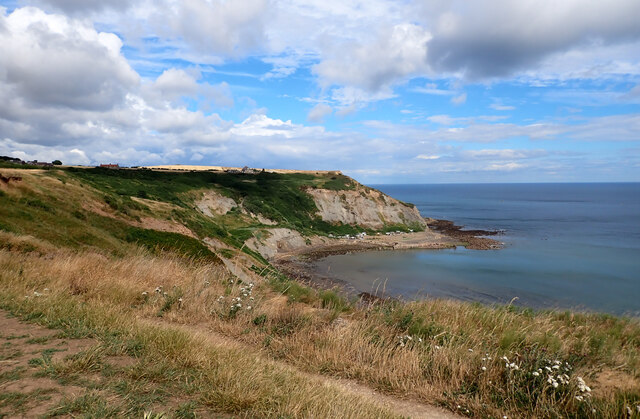
Cobble Dump is located at Grid Ref: NZ8116 (Lat: 54.535708, Lng: -0.74603581)
Division: North Riding
Administrative County: North Yorkshire
District: Scarborough
Police Authority: North Yorkshire
What 3 Words
///cheetahs.speeds.green. Near Loftus, North Yorkshire
Nearby Locations
Related Wikis
Runswick Bay Lifeboat Station
Runswick Bay Lifeboat Station was a Royal National Lifeboat Institution (RNLI) lifeboat station located in Runswick Bay in North Yorkshire, England. The...
Runswick Bay
Runswick Bay is a bay in the Scarborough Borough of North Yorkshire, England. It is also the name of a village located on the western edge of the bay...
Hob Holes
The Hob Holes are caves in the cliffs of Runswick Bay, Scarborough, England which resulted from mining for jet – fossilised wood which is valuable as a...
Hinderwell railway station
Hinderwell railway station was a railway station on the Whitby Redcar and Middlesbrough Union Railway. It was opened on 3 December 1883, and served the...
Kettleness
Kettleness, is a hamlet in the Scarborough District of North Yorkshire, England. The settlement only consists of half-a-dozen houses, but up until the...
Hinderwell
Hinderwell is a village and civil parish in the Scarborough district of North Yorkshire, England which lies within the North York Moors National Park,...
Kettleness railway station
Kettleness was a railway station on the Whitby, Redcar and Middlesbrough Union Railway from 1883 to 1958 serving the remote village of Kettleness. The...
Port Mulgrave, North Yorkshire
Port Mulgrave is a derelict former ironstone exporting port on the North Yorkshire coast midway between Staithes and Runswick Bay in the civil parish of...
Related Videos
RUNSWICK BAY TOUR | 4K Virtual Walking Tour of Runswick Bay Yorkshire England
Runswick Bay Tour | 4K Virtual Walk through Runswick Bay Yorkshire England Full tour of the amazing seaside fishing village of ...
Runswick Bay Village Walk, English Countryside 4K
https://www.buymeacoffee.com/Daveswalks All support is hugely appreciated and it helps me keep the channel going! No talking ...
Runswick Bay, Beautiful North Yorkshire Coastal Village!
Be sure to catch our full hike on our other channel https://youtu.be/1PNy13ITWvc Music by https://www.chosic.com/free-music/all/
Runswick Bay, Britains best beach? #asmr
A trip to the beach that was awarded Sunday Times Best British Beach of the year in 2020.
Nearby Amenities
Located within 500m of 54.535708,-0.74603581Have you been to Cobble Dump?
Leave your review of Cobble Dump below (or comments, questions and feedback).
